Release time: Sep. 26, 2024
Textile slings are a critical component in various lifting and rigging operations, providing a flexible and lightweight alternative to wire ropes and chains. Ensuring their reliability and safety is paramount, but determining the right time to replace them can be challenging. This article will guide you through the factors affecting the lifespan of textile slings and provide best practices for their replacement.
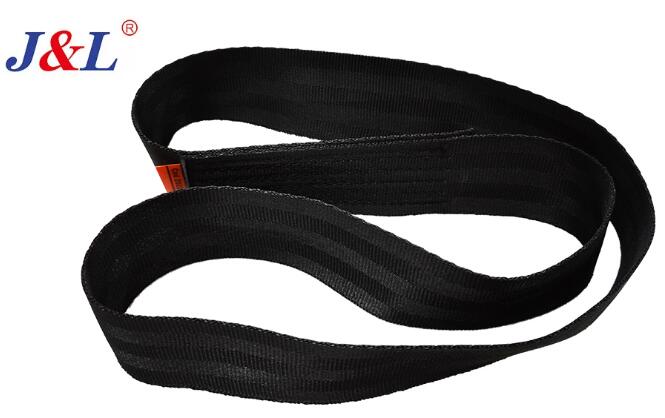
Several factors can impact the longevity of textile slings, including usage frequency, load types, and environmental conditions. Understanding these influences is essential for maintaining safety and performance.
Usage Frequency and Load Types
The more frequently a textile sling is used, the shorter its lifespan will be. Regular heavy lifting and exposure to maximum load capacities accelerate wear and tear. Additionally, the type of loads being lifted—whether they are abrasive, sharp-edged, or unevenly distributed—can significantly affect the sling's durability.
Environmental Conditions
Textile slings are susceptible to environmental factors such as extreme temperatures, UV radiation, moisture, and chemicals. Prolonged exposure to sunlight can degrade synthetic fibers, while moisture and chemicals can weaken the material, leading to potential failure during lifting operations. It's crucial to consider these conditions when evaluating the lifespan of a sling.
Regular inspection of textile slings is vital for identifying signs of wear and damage. Common indicators that a sling needs replacement include:
Surface Abrasion and Cuts
Surface abrasion and cuts are among the most visible signs of wear. Over time, friction against rough surfaces can erode the sling fibers, reducing their strength. Any noticeable cuts or tears in the sling's surface are clear indicators that replacement is necessary.
Discoloration and Stiffness
Discoloration often signifies exposure to harmful environmental conditions, such as UV rays or chemical contamination. A stiffened sling indicates potential internal damage to the fibers, compromising its flexibility and load-bearing capacity.
Deformation and Stretching
Slings that exhibit excessive stretching or deformation should be replaced immediately. These deformations suggest that the sling has been overloaded or subjected to conditions beyond its design limits, reducing its effectiveness and safety.
To maximize the lifespan of textile slings and ensure safety, follow these best practices for maintenance and inspection:
Regular Inspections
Conducting regular inspections before each use is essential. Look for any signs of wear, cuts, abrasions, or other damage. A thorough inspection helps catch potential issues early, preventing accidents and ensuring operational safety.
Proper Storage
Storing textile slings correctly can significantly extend their lifespan. Keep them in a cool, dry place away from direct sunlight, chemicals, and sharp objects. Proper storage prevents unnecessary exposure to damaging environmental factors.
Load Management
Adhere to the sling's load capacity and avoid overloading. Distribute loads evenly and use protective sleeves when lifting abrasive or sharp-edged objects. Proper load management minimizes wear and prolongs the sling's service life.
While regular inspections and maintenance can extend the life of textile slings, they will eventually need replacement. As a general guideline, textile slings should be replaced if:
They show visible signs of wear or damage.
They have been in service for an extended period, even if no visible damage is present.
They fail an inspection by a qualified professional.
Ensuring the safety and reliability of your lifting operations is crucial. If you're uncertain about the condition of your textile slings or need replacements, contact us for expert advice and reliable suppliers. Regular maintenance and timely replacement of textile slings can prevent accidents and enhance the efficiency of your operations. Always prioritize safety and choose high-quality products from trusted suppliers.
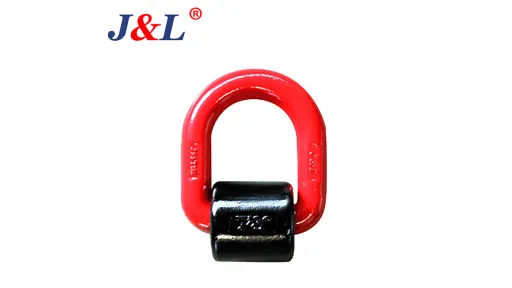 Hook and Ring
Hook and Ring
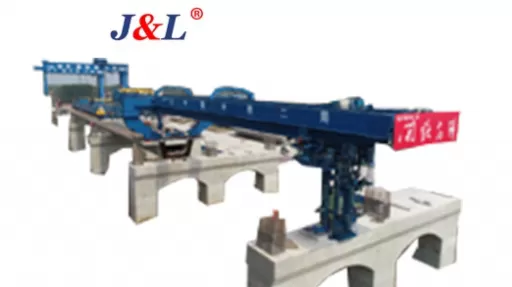 JQS1000 Bridge Erecting Crane
JQS1000 Bridge Erecting Crane
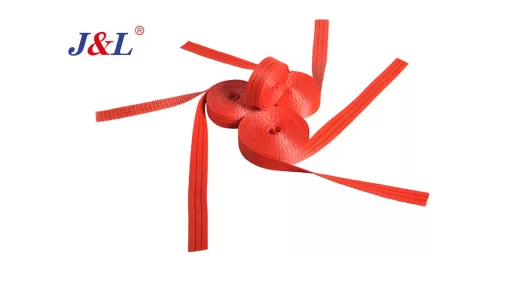 Lashing Belt Material
Lashing Belt Material
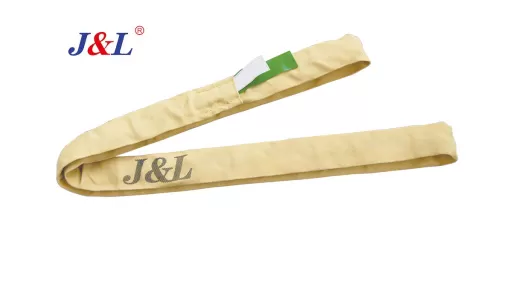 Fireproof Endless Type
Fireproof Endless Type
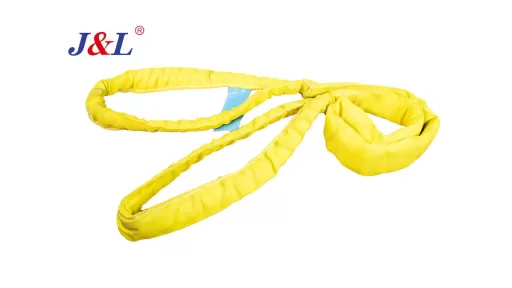 Eye Type Round Sling
Eye Type Round Sling
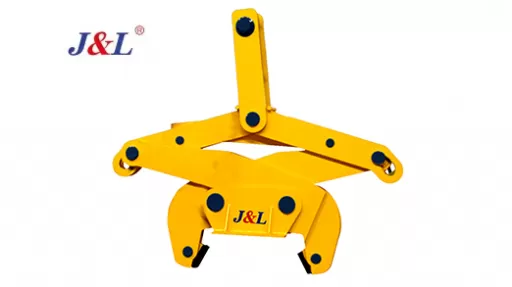 Vertical Steel Coil Lifting Clamp (Rod grab type)
Vertical Steel Coil Lifting Clamp (Rod grab type)
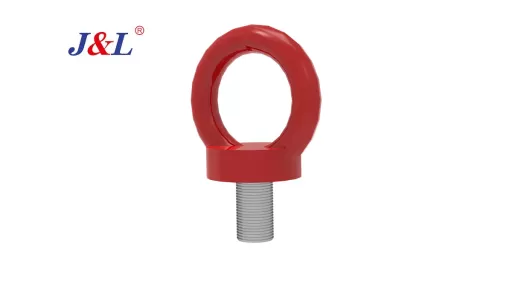 Machinery Eye Bolts
Machinery Eye Bolts
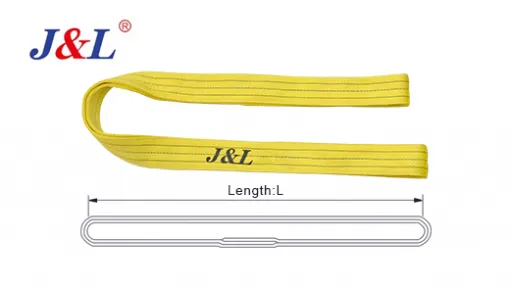 Endless Type Webbing Sling W03-03 | Webbing Slings by Juli Sling
Endless Type Webbing Sling W03-03 | Webbing Slings by Juli Sling
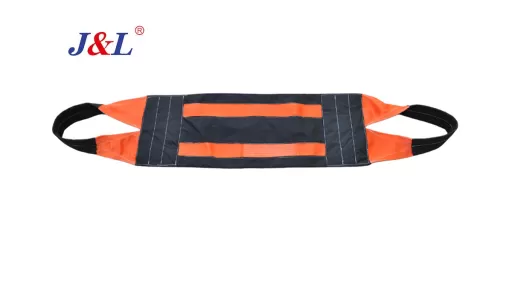 Special Sling For Petroleum Pipeline
Special Sling For Petroleum Pipeline
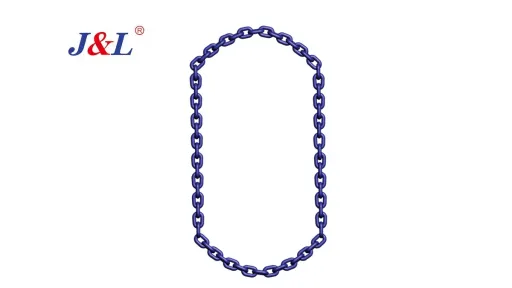 Endless Chain Sling
Endless Chain Sling